With the news that Gresini Racing will part ways with Aprilia and revert to satellite status in 2022, it means that the Italian manufacturer will become a full-factory MotoGP team for the first time since 2004, when it abandoned its ill-fated RS Cube project (pictured below).
And, coming at a key point in its current MotoGP project, it’s a significant milestone for Aprilia as the time comes to put up or shut up after a mixed bag in its first five years back in the series with its new RS-GP machine.
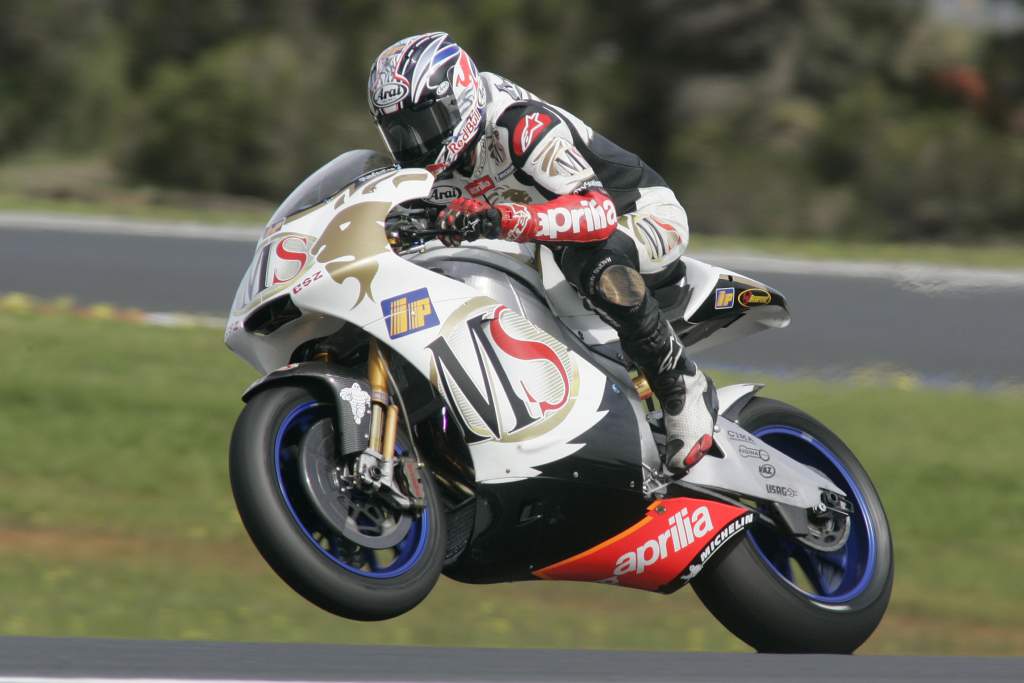
Since its return as a full-time manufacturer in 2015 with Alvaro Bautista and Marco Melandri, it’s been up and down for the Noale brand.
Aprilia has made progress but it’s also faced setbacks – and a constant conveyor belt of riders that has made things more difficult than ever for the long-suffering Aleix Espargaro.
Espargaro, now an Aprilia rider for four years, has been the most successful member of the project. A consistent top-10 rider, he’s shown on occasion what the bike is capable of and what potential there is.
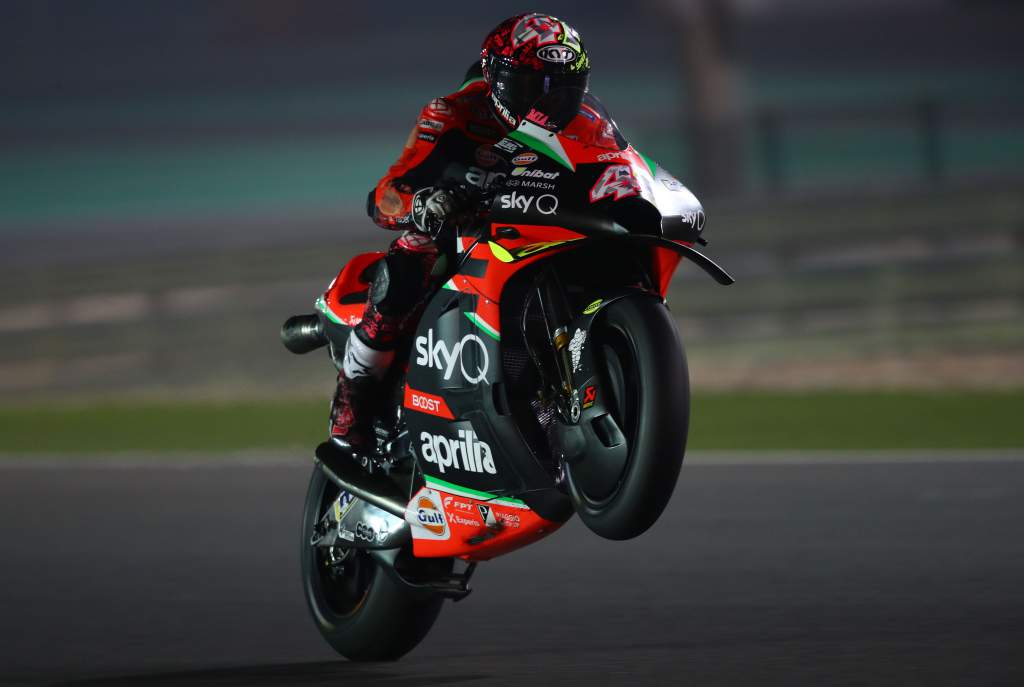
He went into 2020 expecting to capitalise on that even more, too, with a brand new engine configuration that showed huge potential in pre-season tests – in fact, so strong was the bike, Espargaro has admitted that it prompted him to sign a two-year extension with Aprilia rather than retire.
However, that all ended in disaster once the crazy season got underway.
Desperate for time more than anything else as Aprilia worked out how to make that new engine work with the electronics, a compressed schedule and blocks of three races in three weeks meant that there was very little the team could do to extract the maximum potential.
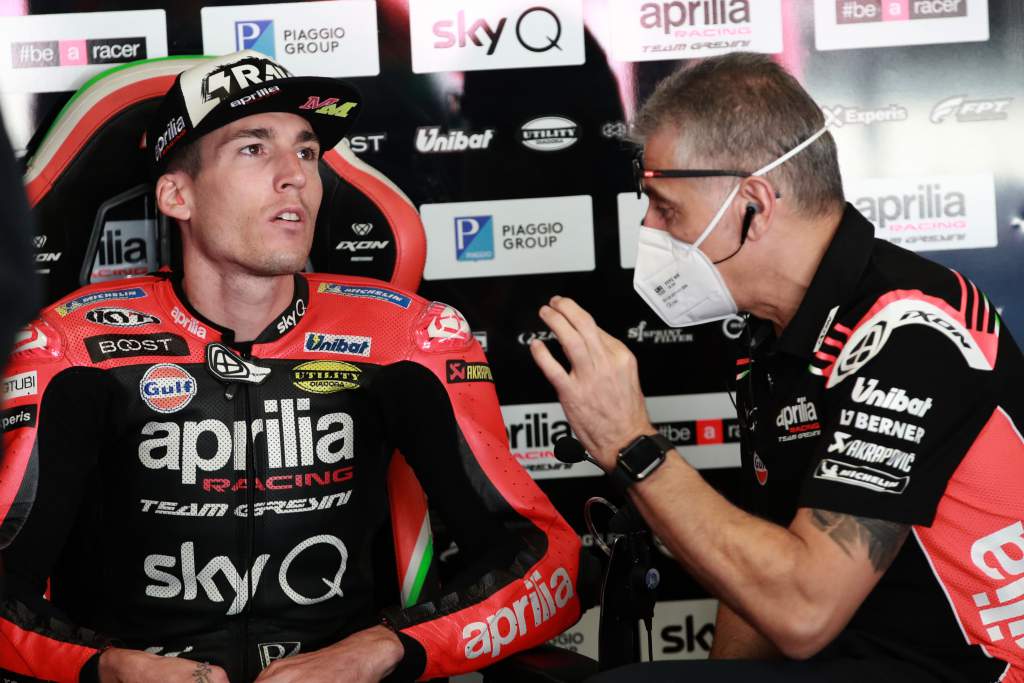
Instead, Espargaro was left frustrated at what they failed to achieve, unable to properly capitalise on the potential of what in reality seems to have been a very good bike struggling with a lack of development time.
Aprilia has got an edge there for 2021, though, as MotoGP’s only remaining concession-status team. Able to continue developing the bike and its engine as the rest of the grid faces a COVID-inspired cost-cutting development freeze, Aprilia needs to use the opportunity it’s been given to the maximum.
And that’s why the news of a split with Gresini – or at least a step apart for 2022 – is such a promising sign at a time when Aprilia needs to get serious.
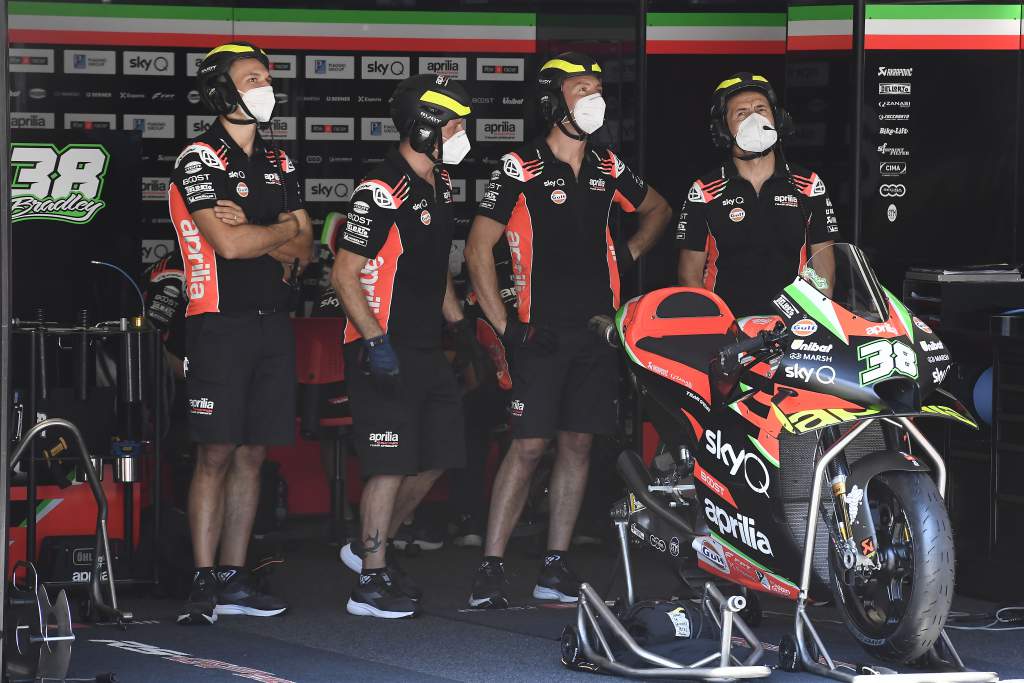
Firstly, it shows that there’s a solid financial commitment from parent group Piaggio – because the move from satellite to factory is going to cost serious cash. While it’s currently a beneficiary of Dorna’s generous contribution to the independent teams, the decision is likely to take €2 million out of the budget – not an insignificant amount.
But secondly, it shows Aprilia’s aspirations. Team boss Massimo Rivola (formerly sporting director at Ferrari F1) is no stranger to success, and it’s clearly his goal to turn around the team into something more successful. And while that can be done within the current structure, by changing it Aprilia is signalling that now is the time to step up.
Of course, there are still things that need fixing before that’s truly the case, too – primarily, the craziness that has surrounded its rider line-up in past years. With Espargaro currently set to be joined by test rider Lorenzo Savadori for 2021 (at least his name’s on the entry list) it would mark Espargaro’s fifth different team-mate in five seasons.
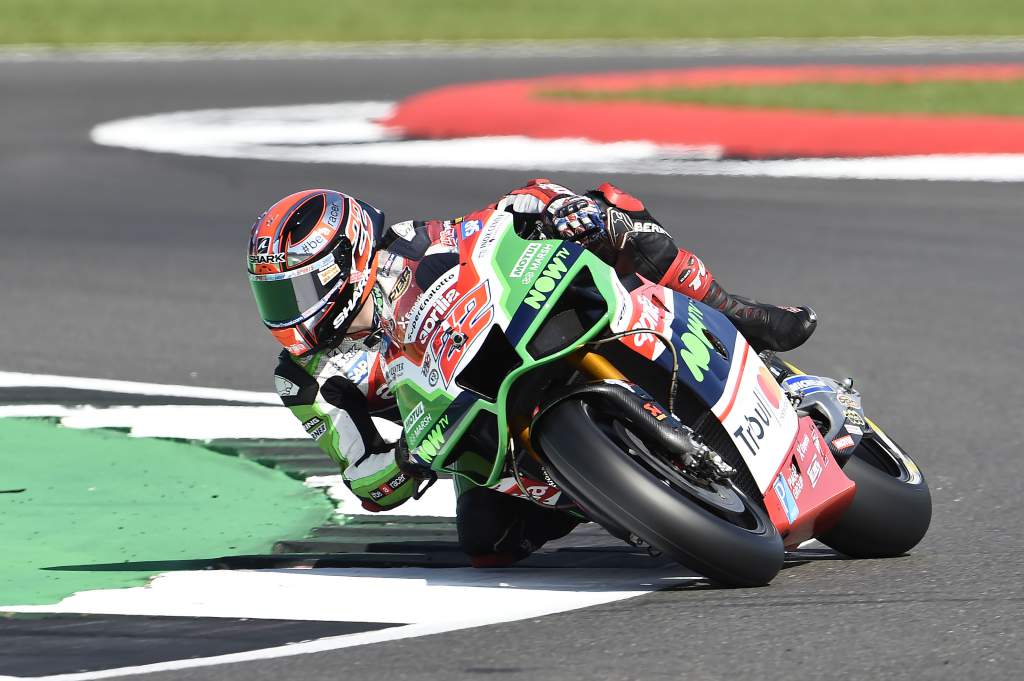
Sam Lowes, hired as a rookie and beset by technical problems, was quickly chewed up and spat out. Scott Redding came in a more experienced Brit, but a combination of a difficult-to-ride bike and vocal opinions meant his time was short.
Then came Andrea Iannone, perhaps initially more interested in appearance than actions as he missed his first test of 2019 due to a plastic surgery-induced infection – then ended up being unceremoniously ejected by a doping ban that is set to end his career.
As a result, next came another Brit, test rider Bradley Smith, for 2020 – but he didn’t even last a season before Savadori was subbed in. Smith is still not necessarily out of a ride for 2021, as it’ll come down to a test rider shootout between him and Savadori to see who partners Espargaro next year.
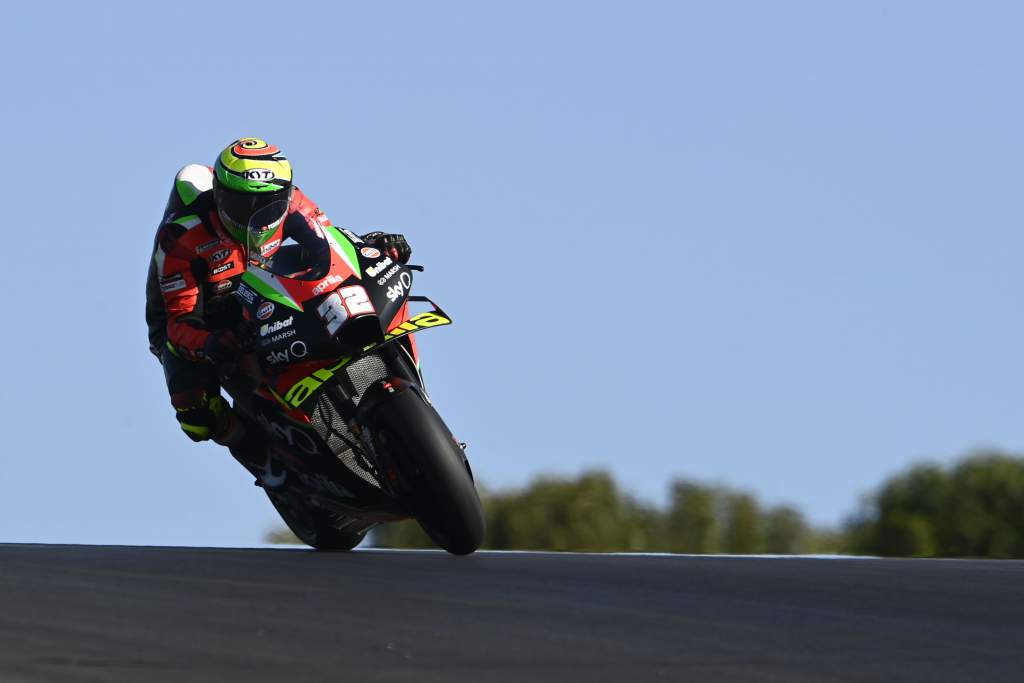
The cumulative effect of so much chaos has been time and energy wasted, spent not on consolidating a strong bike and aiding development but instead in coping with the next brewing internal crisis.
It looked like something Aprilia was getting a hand on, too – until the disastrous management of Iannone’s situation. The team stuck with him throughout his hearing and appeal even when the evidence increasingly gathered against him, and it’s something of a mystery why he was so supported – or why Aprilia continues to assert his innocence even after Iannone was found guilty for a second time.
The other thing that needs addressing, of course, is the lack of a satellite team – and that’s where Gresini might come back into play. There’s a huge benefit to having four machines on the grid instead of two, especially when development time is the number one enemy, and it’s something Aprilia needs to make happen for ‘22.
Should it happen with Gresini, a team already intimately familiar with the project, then it’ll speed things up rapidly – and we could finally see Aprilia take its place among the regular front-runners – but there’s still something of a long road ahead before it’s a reality and not a pipe dream.






